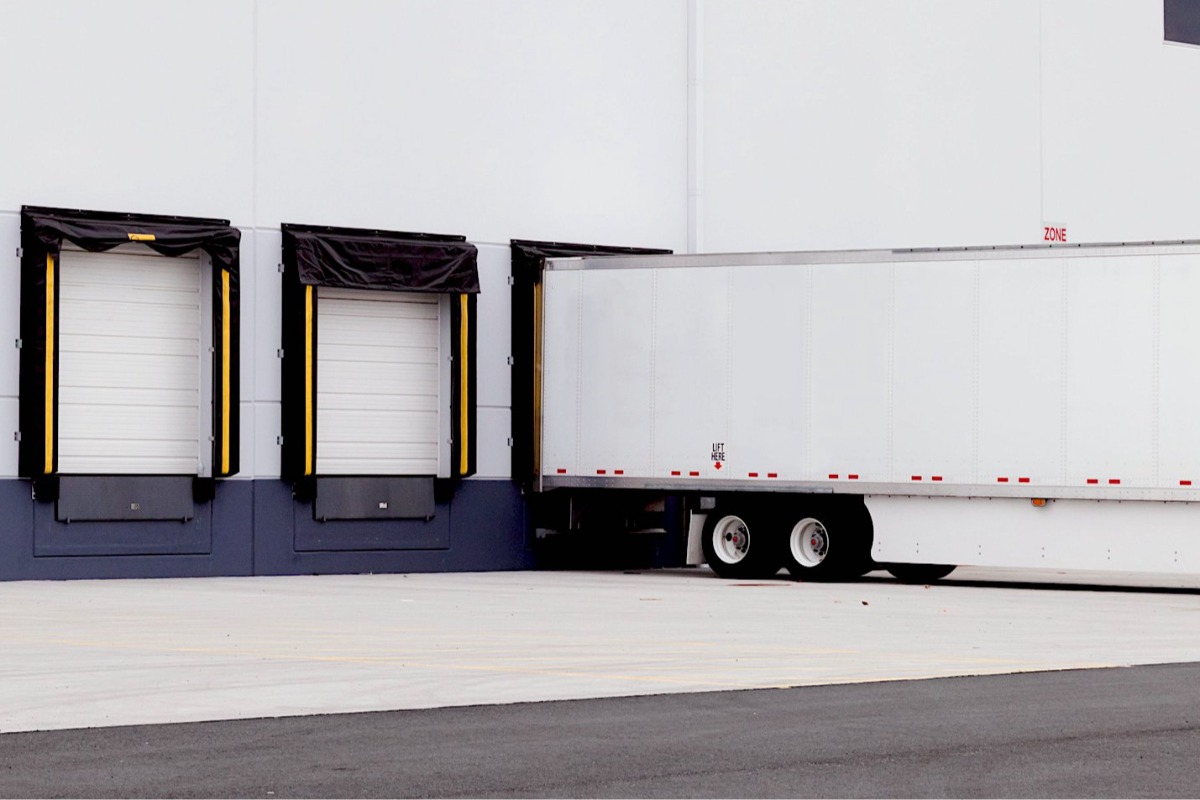
Ltl Truck
When shipping LTL, the shipper pays for the portion of a standard truck trailer their freight occupies, while other shippers and their shipments fill the unoccupied space. There are a number of benefits to shipping via LTL.
Benefits of LTL shipping
- Reduces costs: When booking an LTL shipment, you only pay for the portion of the trailer used. The rest of the cost is covered by the other occupants of the trailer’s space.
- Increases security: Most LTL shipments are packaged onto pallets before being loaded onto a truck. One well-packaged pallet has a better chance of remaining secure than shipments with multiple smaller handling units.
- Additional service options: When shipping via LTL, you gain access to special services like liftgates and inside pickup and delivery.
- Tracking: LTL carriers offer tracking capabilities through the bill of lading number, PRO number, PO number, shipment reference number and pick up date range, to name a few.
Factors that determine LTL shipping rates
- Location: Generally, the further the distance, the higher the price.
- Dimensions: The dimensions and weight of the shipment help determine the freight class, which directly impacts rates.
- Mode: LTL shipments can be expedited, typically for an additional fee.
- Type: A shipment that requires special handling or equipment (perishables, fragile, hazardous items) will likely lead to higher costs.
Lower your LTL freight rates
The video below shows four simple, cost-effective strategies that can help you save on shipping LTL freight.
When to choose LTL shipping
- LTL shipping is ideal for businesses who have freight under 15,000 pounds and do not require a full trailer.
- Consider LTL when looking to maximize cost savings.
Preparing LTL shipments
- Dimensions: Round up to the next inch when measuring the length, width and height of a shipment. Accurate dimensions are critical for carriers to maximize their capacity and for you to avoid adjustment fees.
- Documentation: The bill of lading should be completed as accurately as possible to give to the carriers when they arrive. This document acts as a receipt for the goods that are being shipped.
- Packaging and labeling: Load goods onto pallets to condense and protect your shipments. Heavy items should be placed on the bottom of pallets or crates and a label should be placed on the side.
Additional LTL shipping services
- Expedited: When you need goods to arrive at their destination more quickly than the standard transit time, request an expedited freight quote.
- Liftgate: Used when freight exceeds 100 pounds and the receiving location does not have a dock for the shipment to be moved directly off the truck.
- Limited access: This service is required for deliveries heading to locations that have limited access for carriers, such as construction sites, camps, rural locations, strip malls, etc.
- Inside pickup and delivery: If the carrier needs to enter the building to obtain the freight to load or complete a delivery by bringing it indoors, you will need to ask for this service.
